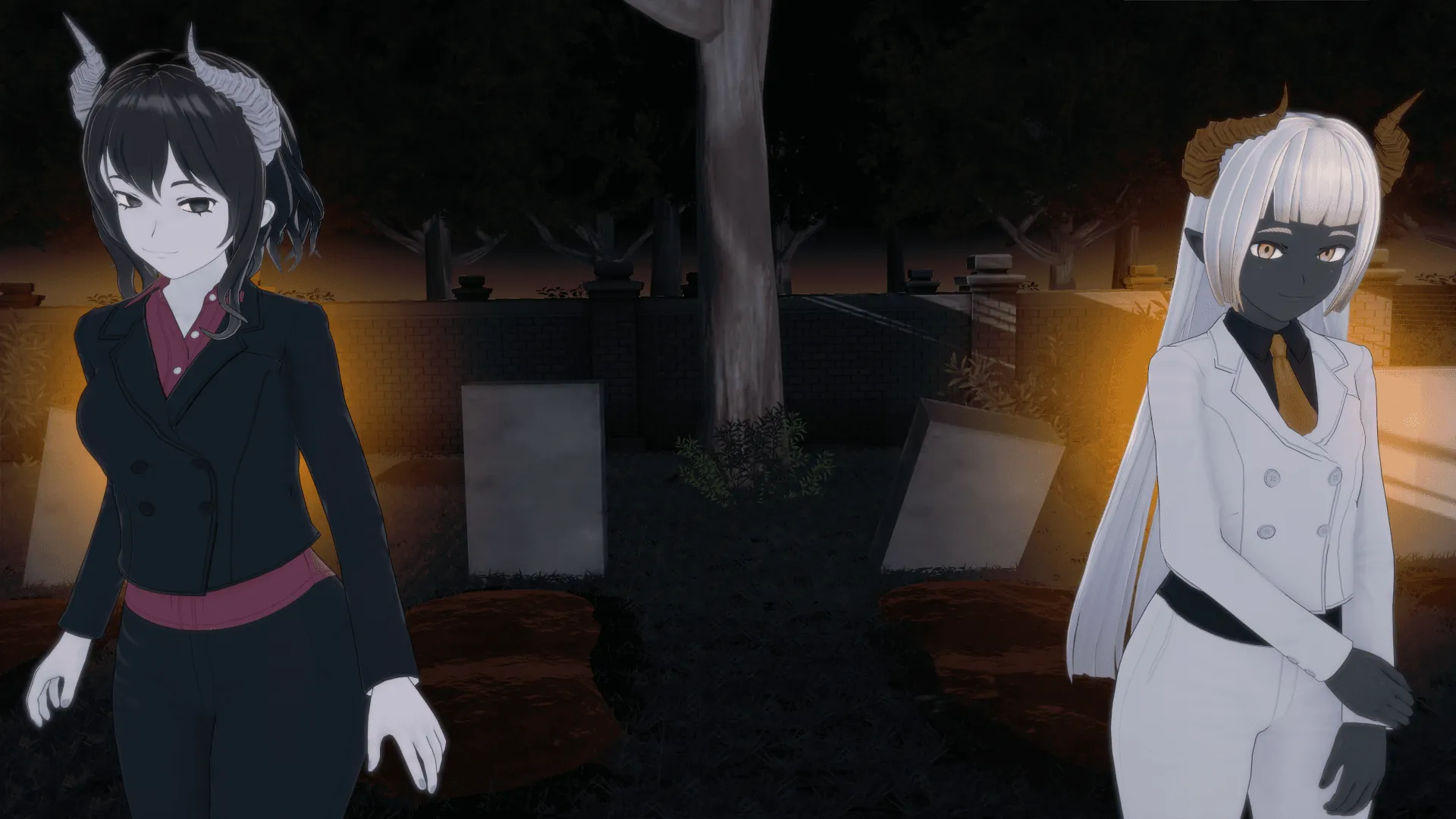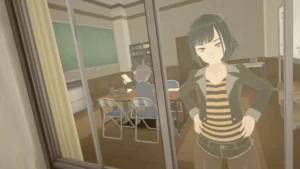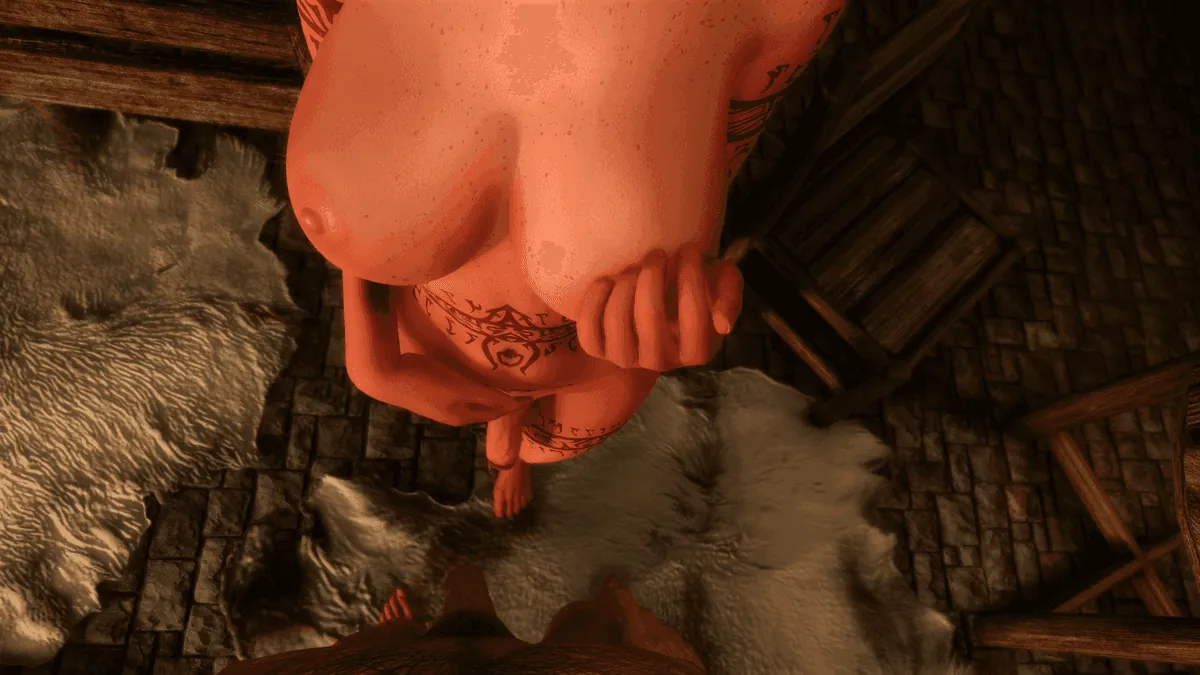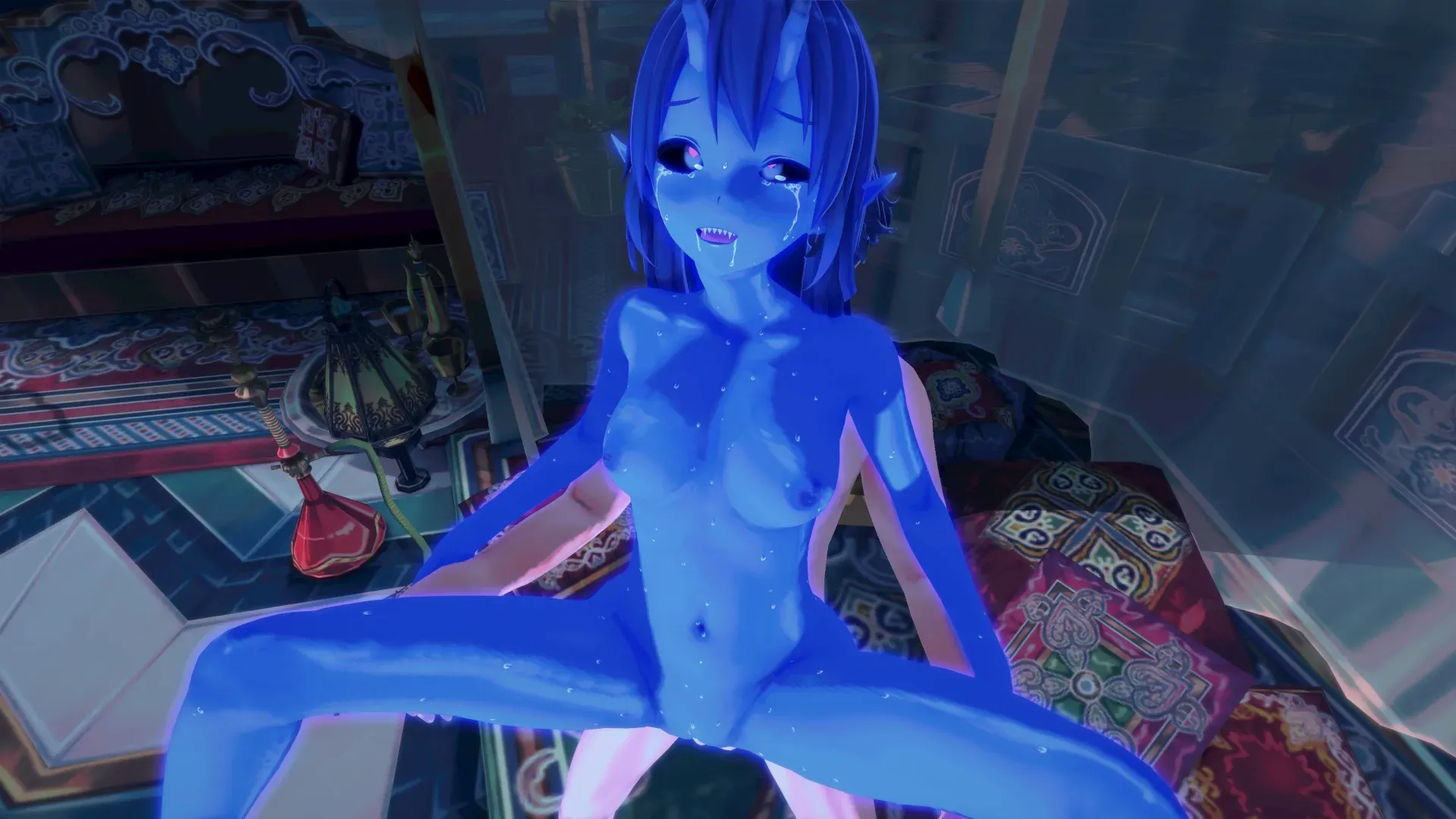
Demons of the Hearth
Play Demons of the Hearth
Demons of the Hearth review
Explore the unique world and gameplay of Demons of the Hearth
Demons of the Hearth offers a captivating experience that blends storytelling with immersive gameplay. This game invites players into a richly crafted world where demons and supernatural elements play a central role. Whether you’re curious about its narrative depth, gameplay mechanics, or character development, this article dives into everything you need to know about Demons of the Hearth, providing insights and personal reflections to help you understand why it stands out in its genre.
Exploring the Story and Setting of Demons of the Hearth
What is the core narrative?
Picture this: You’re sipping hot cocoa 🍵 on a stormy night when whispers start echoing from your grandma’s antique clock ⏰. That’s the vibe of Demons of the Hearth story—a spine-tingling tale where forgotten household objects harbor ancient spirits. The Demons of the Hearth plot overview centers on Elara, a restorer who inherits a creaky Victorian mansion, only to discover it’s a prison for domestic entities feeding on family secrets. 😱 Every creaking floorboard or flickering candle unveils fragmented memories, pushing you to solve a century-old mystery: Who bound these spirits, and why?
I’ll never forget the first time a possessed porcelain doll 🪆 hissed clues at me—I nearly dropped my controller! 💀 This supernatural game story masterfully blends gothic horror with emotional gut-punches. Themes of inherited trauma and repressed memories hit hard, especially when you realize the “demons” are metaphors for unresolved family wounds. The narrative in Demons of the Hearth isn’t just about jump scares; it’s a deep dive into how homes haunt us as much as we haunt them. 🏚️
Who are the main characters?
The Demons of the Hearth characters aren’t your typical heroes—they’re flawed, relatable, and drowning in secrets. Take Elara, our protagonist: a cynical antique restorer with a hidden talent for sensing spiritual residue. Her motivation? Clearing her grandmother’s name after locals blamed her for disappearances. Then there’s Silas, a melancholic ghost tethered to a music box 🎹, whose soothing melodies calm aggressive spirits but hide his guilt over a past betrayal. 😢 Their strained alliance evolves into a found-family dynamic that had me ugly-crying by Chapter 3.
Character development Demons of the Hearth shines through choices. Early on, I selfishly hoarded spirit-binding artifacts—big mistake! 🙈 That alienated Silas, locking me out of his backstory until I replayed. The game rewards empathy: comforting a furious child-spirit in the nursery 🧸 uncovered clues about Elara’s estranged mother. These interwoven arcs make every interaction feel pivotal.
| Character | Key Traits | Role in Story |
|---|---|---|
| Elara Vance | Skeptical, resourceful, burdened by family legacy | Protagonist unraveling the mansion’s curse |
| Silas | Tormented, musically gifted, secretly protective | Spirit guide with ties to the main antagonist |
| The Weaver | Manipulative, shapeshifting, voice of doubt | Entity exploiting household regrets to gain power |
| Grandma Eleanor (flashbacks) | Stubborn, secretive, fiercely loving | Key to understanding the spirit prison’s origin |
💡 Pro tip: Talk to every sentient object! A chatty fireplace 🔥 once gave me shortcuts through the west wing.
How does the setting influence gameplay?
Oh, the game setting Demons of the Hearth isn’t just backdrop—it’s a living antagonist. 🏰 That rain-lashed Victorian manor? Its layout shifts based on your sanity meter. When panic spikes (thanks, shadow cats! 🐈⬛), hallways elongate into Escher-like mazes, and portraits bleed. 😨 I learned this the hard way after ignoring a “calming tea” mechanic and getting lost in a loop of haunted ballrooms. 💃
Environmental storytelling here is genius. Dusty nursery blocks? Stack them to reveal hidden messages about a drowned boy. 🔍 A grandfather clock’s chime? Sync it with real-time weather to open spectral doors. 🌧️ Even the sound design manipulates you: whispers amplify if you linger near cursed objects, forcing tense decisions—do I investigate or flee?
The lore drips from details like mildew patterns mapping ritual sites, or how spirits weaken near rosemary (plant some in pots! 🌿). This isn’t just set dressing; it’s gameplay fuel. Neglect to cleanse a room with incense? Entities multiply. Restore a dollhouse? It becomes a fast-travel point. 🚀 The house breathes, and mastering its rhythms is half the battle.
🌟 Personal insight: After 3 playthroughs, I still find new diary scraps wedged in drawers. The attention to detail makes this world feel lived-in, not just staged. ✨
Why It All Matters
The Demons of the Hearth story grips you because it mirrors real fears: What lurks in your attic? What secrets died with relatives? 😶 By blending psychological depth with supernatural game story mechanics, it turns haunted-house tropes into something raw and revolutionary. Whether you’re here for the Demons of the Hearth characters or the peeling wallpaper nightmares, this tale sticks like cobwebs in the corners of your mind. 🕸️
Now, if you’ll excuse me, I need to replay—that sentient teapot ☕ deserves a happier ending this time. 😉
Demons of the Hearth stands out as a compelling game that combines an engaging story with immersive world-building and memorable characters. Its unique approach to narrative and gameplay offers players a rich experience that goes beyond typical genre conventions. If you’re looking for a game that invites you to explore a supernatural realm with depth and creativity, Demons of the Hearth is worth your attention. Dive in and discover the secrets that await within its hearth.

















